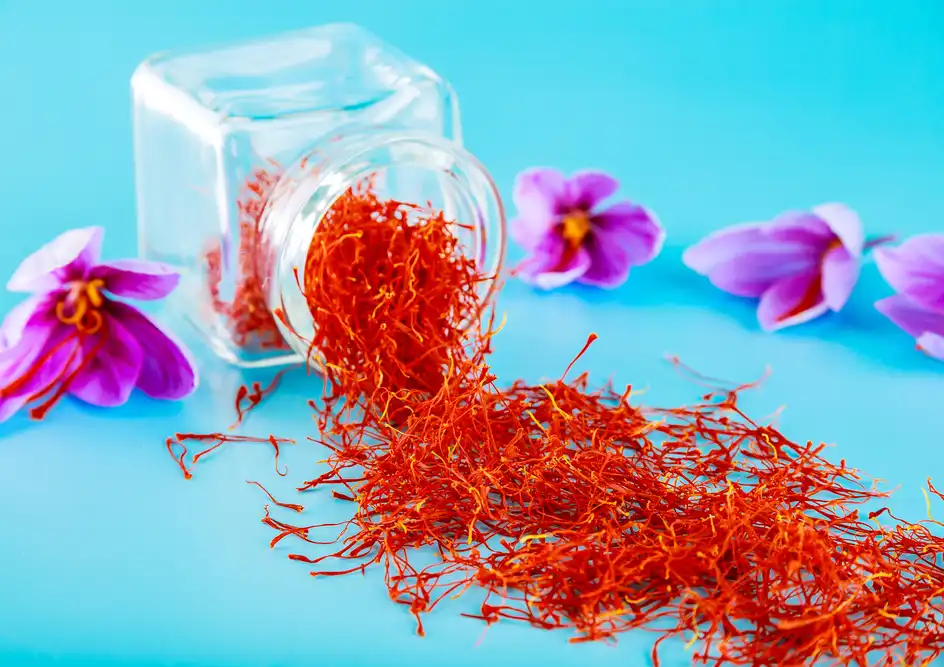Saffron, derived from the delicate threads of the Crocus sativus flower, has fascinated civilizations for centuries due to its vibrant color, distinct aroma, and unique flavor. Saffron has established itself not only as a culinary ingredient, but also in traditional medicine and skincare practices. The golden-hued treasure adds a touch of luxury to dishes, elevating ordinary recipes to extraordinary culinary experiences. Within this exploration of saffron utilization, we delve into its diverse applications – from augmenting the flavor and aesthetic of rice dishes to potentially contributing to wellness in herbal remedies. Come and embark on a captivating exploration of the intricate realm of saffron, where its delicate threads intricately combine to create a tapestry of flavors, aromas, and potential health advantages.
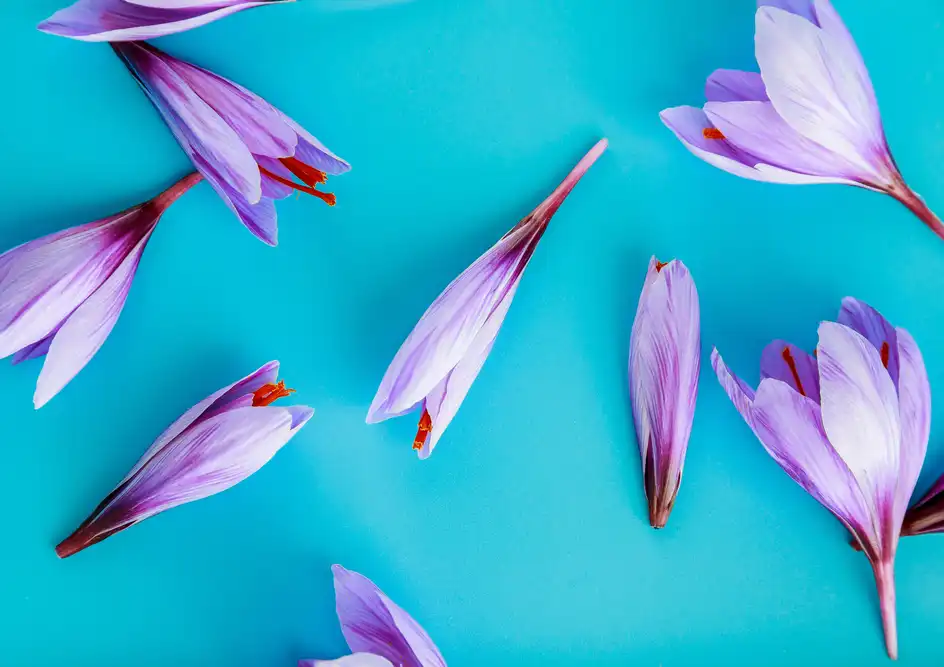
How to Use Saffron in Cooking
Saffron possesses the ability to enhance a wide range of culinary creations. This spice has the ability to enhance the flavor and visual appeal of a wide range of dishes, from soups and stews to sauces and marinades. To optimize the impact of saffron in your recipes, it is advisable to infuse it in warm liquid beforehand.
Here's how you can use saffron in cooking;
How to Use Saffron in Rice:
- Saffron has the ability to enhance both the taste and visual appeal of your rice dishes. To commence, add a small amount of saffron threads to warm water or broth. Please allow the threads to steep for approximately 15-20 minutes. The resultant vibrant liquid can be blended with the rice prior to cooking. This imparts a pleasant golden color and a subtle, fragrant taste.
How to Use Saffron in Tea:
- Enhance your tea experience by steeping saffron threads in hot water. Allow the threads to steep for a brief duration, resulting in a tea that is both aromatic and visually captivating. To enhance the sweetness, it is recommended to incorporate honey or other complementary herbs.
How to Use Saffron in Risotto:
- Saffron lends itself exceptionally well to risotto, contributing a unique flavor and color profile. Begin by infusing saffron in warm broth and then incorporate it into the risotto during the cooking process. The result is a dish that not only tastes exquisite but also boasts a beautiful golden tint.
How to Use Saffron with Milk:
- Saffron-infused milk is a delightful and time-honored concoction. Immerse a small quantity of saffron threads in warm milk, permitting the liquid to assimilate the vibrant hue and exquisite taste of the spice. Add honey or sugar to taste for a comforting and aromatic beverage.
How to Use Saffron in Desserts:
- Incorporating saffron into desserts can enhance their flavor and visual appeal, adding a touch of luxury. Saffron can be infused in milk or cream, and subsequently integrated into desserts such as custards, ice creams, or baked goods like cakes and cookies. The outcome is a treat that is distinctively aromatic and visually captivating.
How to Use Saffron in Chicken Dishes:
- Enhance your chicken dishes by incorporating saffron into warm broth or water. The liquid infusion can be utilized for marinating chicken or integrating it directly into sauces. This imparts a nuanced yet distinctive taste that complements the savory essence of chicken.
How to Use Saffron in Mediterranean Cuisine:
- Saffron is a key player in Mediterranean cooking, contributing to the rich flavors of dishes like paella, bouillabaisse, and couscous. Infuse saffron in warm liquid before adding it to these dishes to unlock its full potential and authenticity.
How to Use Saffron in Indian Cuisine:
- In Indian cuisine, saffron is a prized spice used in a variety of dishes. Infuse it in warm milk or water before incorporating it into recipes such as biryani, kheer (rice pudding), and various curries. This imparts both color and a distinct flavor to these traditional dishes.
You cam read more about Saffron Color article to learn how to get the best saffron color for cooking.
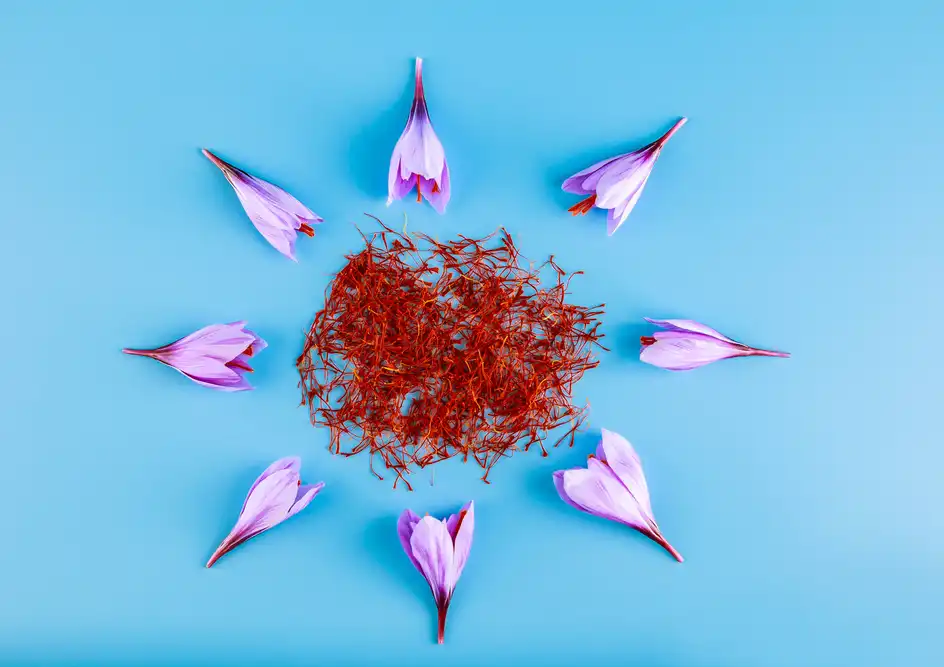
How to Use Saffron as Medicine
While saffron has been used in traditional medicine for centuries, it is imperative to proceed with caution. Prior to considering saffron for medicinal purposes, it is advisable to seek consultation with a healthcare professional. Specific recipes may call for controlled quantities, which can also be used as a supplement under professional guidance.
How to Use Saffron for ADHD:
- As research on saffron's potential benefits for ADHD continues, it is crucial to exercise caution when considering its use. It is advisable to seek consultation with a healthcare professional before incorporating saffron into an ADHD management strategy. It can be included in recipes or taken as a supplement, with the dosage and administration guided by professional advice. Read More About The Remarkable Effects Of Saffron On ADHD Management
How to Use Saffron for Aromatherapy:
- The pleasing aroma of saffron is known for its calming properties. To incorporate it into your routine, add a few saffron threads to a bowl of hot water. Inhale the steam to enjoy a relaxing aromatherapy experience.
How to Use Saffron Extract to Lose Weight:
- The appetite-suppressing qualities of saffron extract have garnered attention. Nevertheless, caution is of utmost importance, and it is advisable to consult with a healthcare professional prior to integrating it into your weight loss routine. If deemed acceptable, a standard dosage would typically amount to approximately 30 mg per day, commonly administered as a supplement or incorporated into specific culinary preparations.
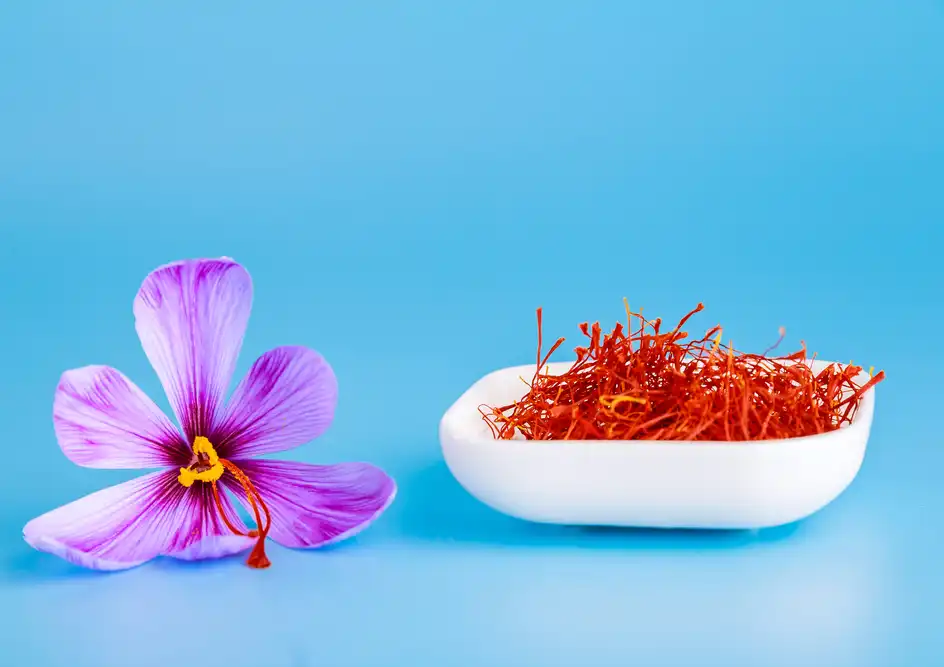
How to Use Saffron in Herbal Remedies
- Although saffron has been utilized in traditional herbal remedies, it is essential to seek guidance from a healthcare professional prior to integrating it into your wellness regimen. If given approval, it may be utilized in limited quantities within designated recipes or as a supplement, under the guidance of professional advice.
How to Use Saffron for Skin Whitening
- Saffron's potential benefits for the skin include its ability to brighten complexion. Create a paste by combining saffron threads with a small amount of milk or honey. Apply this paste to your face, leaving it on for 15-20 minutes. The antioxidants in saffron may contribute to a more radiant skin tone.
How to Use Saffron in Facial Masks:
- In addition to its culinary applications, saffron has also been incorporated into skincare regimens. Prepare a facial mask by combining saffron threads with either yogurt, honey, or aloe vera. The application of this mixture to the face for a duration of 15-20 minutes has the potential to enhance moisture levels and contribute to a luminous complexion.
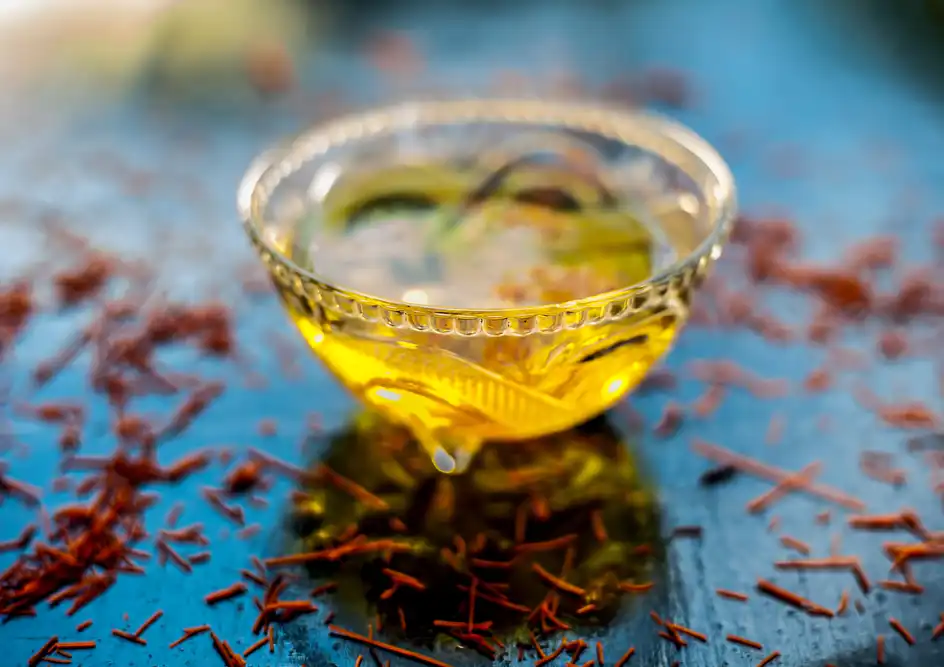
How to Use Saffron in Herbal Teas
- To create a calming herbal tea, combine saffron with complementary herbs such as chamomile or mint. Allow the saffron threads to steep in hot water for a brief period, enabling the aromatic blend to create a soothing and potentially antioxidant-rich drink.
How to Identify Saffron Quality
- Recognizing quality saffron is essential. Look for threads with a deep red color and a distinct aroma. Ensure the saffron is free from added colorants. Purchase from reputable sources to guarantee authenticity.
How to Store Saffron
- Preserving saffron's quality is crucial. Store it in an airtight container in a cool, dark place. Exposure to direct sunlight can compromise its flavor, color, and potency.
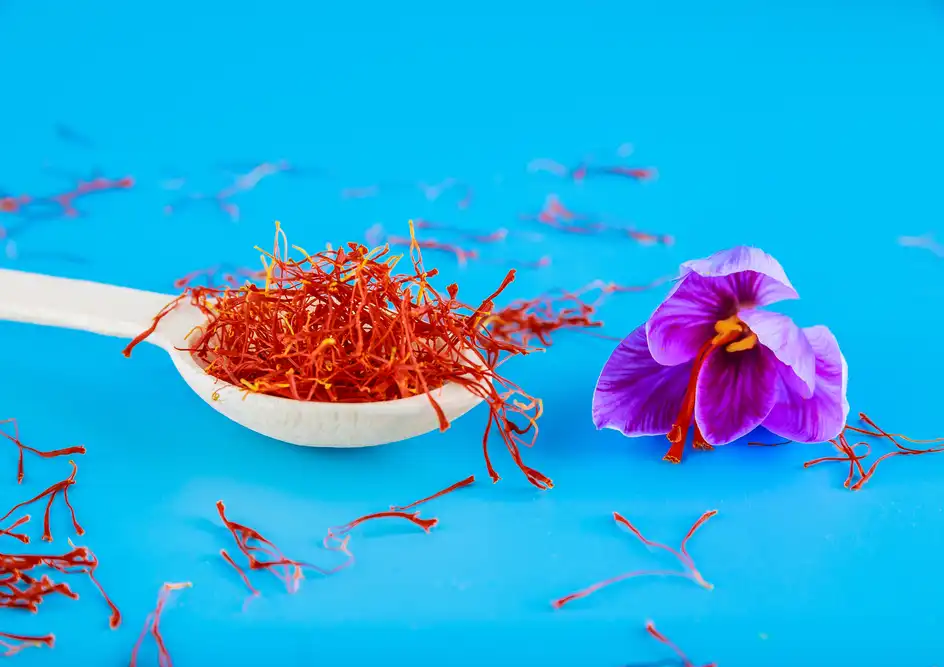
The versatility of saffron extends beyond culinary applications, encompassing skincare and potential therapeutic uses. Just like any potent ingredient, moderation and professional guidance are essential. The act of experimenting with saffron expands the realm of culinary and wellness prospects.




